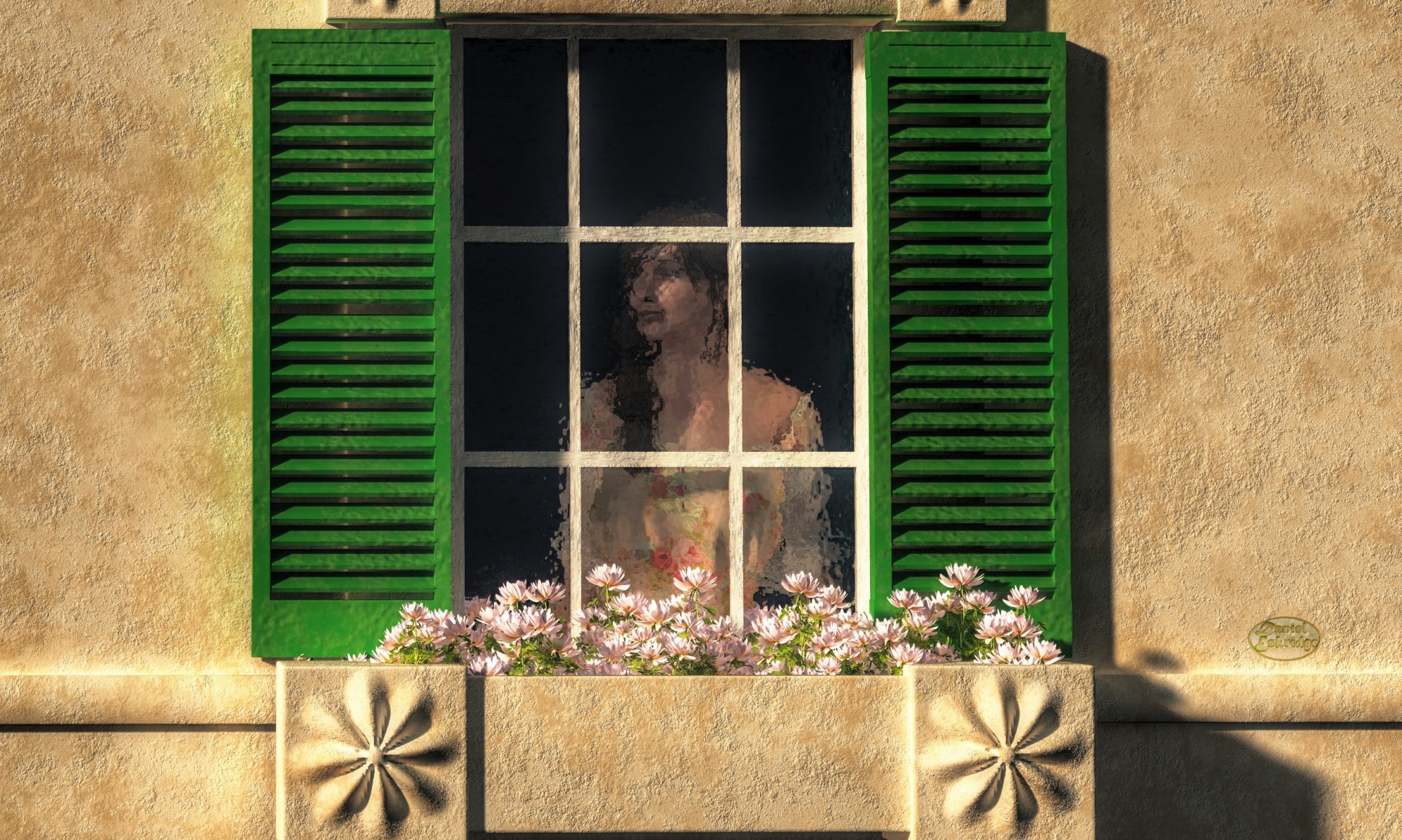Where do you sell art online?
This is a huge question. It’s one of the cornerstones of this blog. Later on, I’ll get into detail about specific sites, but for now I want to set the stage and tell you about the two main kinds of sites that allow you to sell your art over the Internet.
Direct Sale Sites
The first kind are what I call direct sale sites. On these sites, you create some sort of entry describing an individual piece of art along with at least one image. The site will have some mechanism that will display your entry to potential customers. Visitors seeing your work on these sites can then purchase your art through the site. The site might accept payment on your behalf or it may leave it up to you handle. Either way, when someone chooses to purchase your art, the site notifies you that you have made a sale. It then leaves it up to you to complete the transaction. If the site didn’t handle the payment, you’ll need to do that first, then you will need to ship your artwork to the buyer.
Direct sales sites, can require a lot of work on your part, but if you are selling originals, it’s pretty much what you’ll have to do. Some examples include eBay, Craigslist, and Etsy.
Now here is the thing about direct sales sites: I don’t generally recommend them. Selling art on these sites is nearly impossible unless you have a well known name. Besides, people go eBay and Craigslist looking for bargains, and you probably don’t want to sell your art at bargain prices. The one exception is Etsy which is dedicated to selling arts and crafts; though, reports I get from other artists are that crafts and sculpture do well there, but 2D art (photos, drawings, paintings, prints, etc.) does not.
So if direct sales sites are no good for selling your original art, what is? Well, we’ll get to that in a minute…
Print on Demand

The next type of site is the print on demand site, hereafter referred to a POD site. With a POD site, you create an account to which you upload digital images of your artwork. Usually, you need to provide some details about you work such as the title, description, pricing details, etc. The site then publishes your work to their galleries (or, in some cases, creates a personalized gallery for you). Visitors to the site can browse through the galleries an buy prints of whatever they like. If they buy one of yours, you get a cut.
What’s great about this model, is that after you upload your art, you don’t have to do anything else regarding that sale. The POD site handles the processing of the payment, makes the print, ships, handles the customer service. Most will even handle returns.
Previously, I mentioned that I don’t recommend direct sales sites for selling original art. That is because many of the POD sites allow you to sell originals as well. So, for an individual piece, visitors will have the option of buying the original, but can also buy a print. They see both, and after seeing a high price for the original, a lower priced print will seem like a bargain, making them more likely to buy at least the print from you (this is known as the “Anchoring Effect” in marketing). So, if you have original to sell, skip the eBays of the world and use POD sites that offer selling of originals instead.
There is one problem with POD sites however: the print series are, by nature, unlimited. This can give collectors a sense that your prints will have trouble increasing in value, and while your art may make for great decor, it makes for a poor investment. If you are really concerned about this, there are ways to overcome this, such as giving an expiration date to your postings, but I’ve found that they are mostly not worth the effort.
Other Types of Art Business Sites
There may be a few other types of sites out there. For instance, I use a service that lets people rent my art for a period of three months with the option to purchase a print at the end. There is also something called microstocks, which allow businesses and individuals to license your work for use in commercial endeavors. I don’t have much experience with microstocks, but, if you don’t mind giving up control of your work, if may be worth your time to look into them.
I hope this article wasn’t too long, but it is a necessary foundation for future articles. So enjoy,
Daniel



